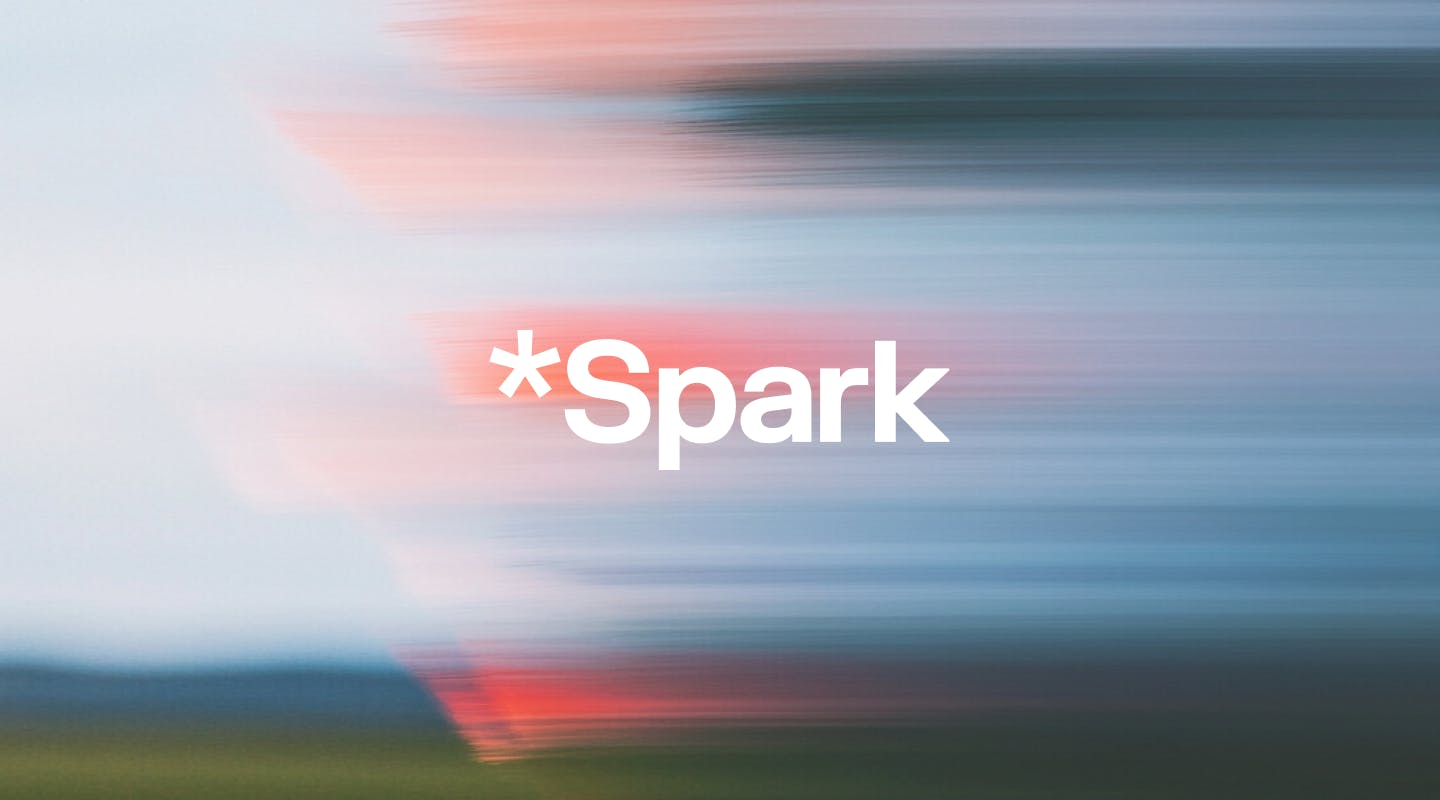
Introducing Spark
Introducing Spark
- A payments-focused, open-source, high-performance, scalable Lightning-compatible Bitcoin Layer 2 with stablecoin support
- Later this year, Lightspark will be launching a new wallet-as-a-service and stablecoin issuance platform leveraging Spark’s capabilities.
Bitcoin will be the payment protocol for money on the internet. Nearly 16 years after the Bitcoin whitepaper was published, its full vision of peer-to-peer “electronic cash” for efficient payments remains elusive. Somehow, it's almost as if Bitcoin needed to gain prominence, resilience, and global liquidity to evolve into its original purpose of digitally facilitating payments on its open, neutral, and decentralized network.
Bitcoin started the creation of the entire crypto industry. Inspired by both the whitepaper and the inefficiencies of Bitcoin L1, many competitive networks and assets were launched in the last decade. Some for totally different purposes than money movement, but many are attempting to become better versions of Bitcoin, either from a performance or developer capabilities standpoint.
Stablecoins are now gaining traction as a form of stable, digital money, albeit fully centralized. They address the core need for stability as a suitable medium of exchange and serve as a novel form of mostly USD-denominated “bank accounts” for some. While there are signs of promise, the current combination of fragmented networks with a proliferation of new stablecoins entering the market will have difficulty making a real dent in the scale of payment volumes on legacy rails.
Self-custody wallets for payments allow developers to build novel experiences faster than ever. For end-users, it's becoming less about "crypto" and more about a simple payment or financial service experience. Building and spinning up wallets for users with minimal regulatory and compliance overhead is one of crypto's most significant advantages, just as the Internet has made the development of non-linear breakthroughs possible.
When we started Lightspark, we were clear our mission was to build open payments for the Internet. We built core technology, services, and capabilities to make Bitcoin and Lightning fast, cheap, and easy to integrate and operate. With Universal Money Address (UMA) (universal money address link), we enabled real-world transactions on top of the Bitcoin Network without users or businesses even knowing they’re using it, just as most people don’t think of SMTP and TCP/IP when sending and receiving email.
We believe Bitcoin is the only network that will likely be around on every timeline, and it can be the natural bedrock for a new global payment network. Yet, it can't scale to meet global demands because it's too slow and expensive. Lightning solves this for custodians, enabling ultra-fast and ultra-cheap BTC transactions. But once you want to onboard millions of users with self-custody wallets, Lightning's design makes scaling economically difficult, if not impossible. The same is true when introducing stablecoins or any other assets. New protocols have emerged but have yet to reach terminal velocity; it's always too expensive and slow to scale.
Introducing Spark
Spark is a Bitcoin L2 that enables instant and unlimited self-custodial transactions of bitcoin and tokens while also enabling users to send and receive natively via Lightning. It's open-sourced and secured by Bitcoin.
Spark is built to address Bitcoin and Lightning's remaining challenges, focusing on scaling self-custody wallets and enabling stablecoins on Bitcoin. Spark is simple to implement and use, and fully interoperable with the current Bitcoin ecosystem. It’s purpose built for payments so developers can build new applications on Bitcoin while being natively interoperable with Lightning.
Later this year, Lightspark will be launching two new products leveraging Spark capabilities:
- Wallet-as-a-Service: A platform that empowers developers to create fast, cost-effective, self-custodial wallets, fully interoperable with Lightning and supporting assets like stablecoins.
- Stablecoin Issuance: A platform enabling stablecoin issuers to bring their stablecoin to Bitcoin, the largest and most secure crypto network.
We’re building Spark with a clear purpose to make it as trustless and open as possible. This means committing to building Spark in public. It will be open source, and available for anyone to contribute to or audit on GitHub. As we built Spark, we shared our work with members of the community and were encouraged by their enthusiasm.
These products will seamlessly integrate with our current offerings, including UMA. And this is just the beginning — there’s much more to come, which we'll be excited to share with you soon.
Learn more
To read more about how Spark works, please visit our Spark docs here. If you're eager to empower your users or stablecoin with fast, cost-efficient solutions, reach out to our sales team at sales@lightspark.com.